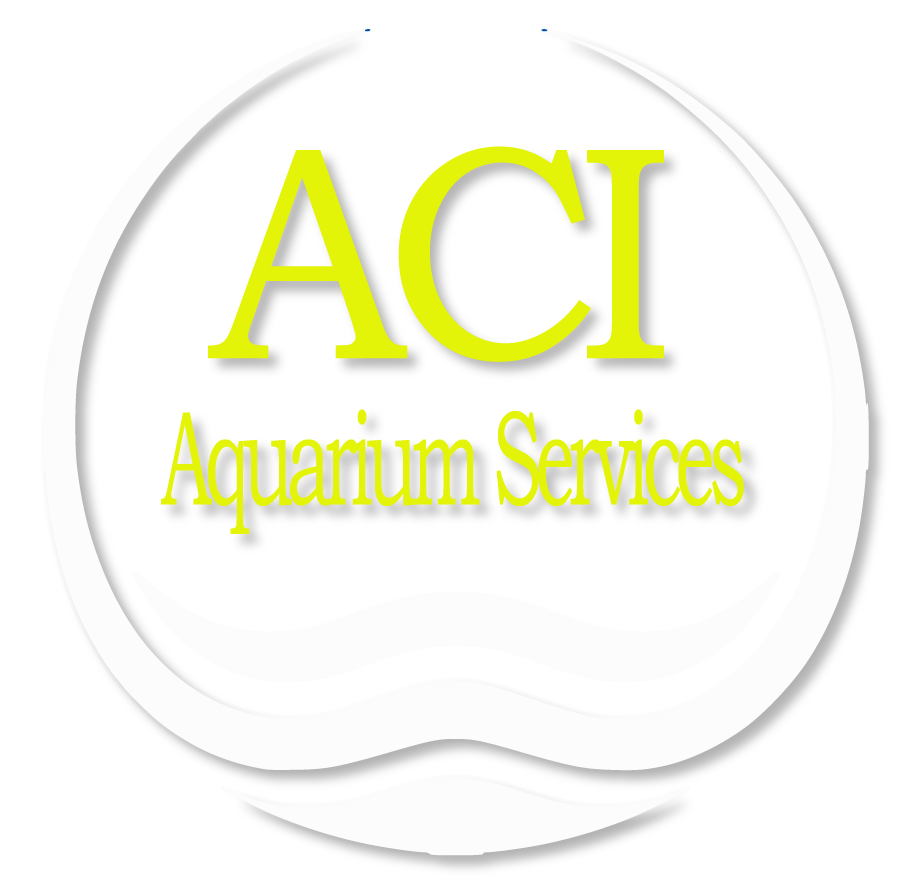Aquariums and filtration

Designing the perfect aquarium can be a tricky thing to do when there are hundreds of thousands of products available for you to choose from. We take that guessing out of it by determining what are the best products and using them in our builds.
The Reef Aquarium Setup information
There is nothing like having a pet and taking care of it. It can be a family task where everyone gets involved at some point or other. Saltwater animal life is no exception to this and having a saltwater aquarium can give you many valuable rewarding moments along the way. Though there are steps to take to do a saltwater aquarium setup successfully.
Overall, you should try coming as close as you can to their natural environment in the wild. This includes adjusting the temperature/environment, biological, and water quality in your saltwater aquarium setup. Your saltwater aquarium setup will begin before you actually bring your fish to their new home. You will need to condition the environment accordingly first.
For our saltwater aquarium setup, we will focus on a fish only tank. This is where we do not have a live Reef living in tank. This will make our setup a little bit easier.
Before starting, you will need to make some decision on what kind of fish you would like to keep in your saltwater aquarium setup. If this is your first time it would be wise to choose the hardiest fish you can find, as they will survive situations from inexperience that some of the more demanding fish might not.
If you have a plan for this already, make sure to study as much as you can online, at the library and at the local fish store about the fish you have chosen. The following text will help you identify some important factors beside the prefer water conditions that you need to consider when choosing a fish.
Do you want a peaceful community, or a more aggressive one? Mildly aggressive ones might turn up hardier then very peaceful ones. Mildly Aggressive might also be better as far as fewer problems in general.
A Fairly Aggressive choice for your Saltwater Aquarium Setup might be Damsels. They are very hardy and can withstand a lot that others fish will not. They are also inexpensive. The Yellow and Blue tailed Damsels may be a little less aggressive than other damsel species but is still to be considered aggressive. You may be able to add other aggressive fish later, but it is wise to only add a couple of fish at the start.
You will need a Fish tank, Filtration System, Substrates, Heater/Thermometer, power head, protein skimmer, water pump, and maybe air pump for your saltwater aquarium setup.
In your Saltwater Aquarium Setup, you will need to start with cleaning the tank. This is wise even with a brand new tank, as you never know what has been thru it getting it from the manufacturer to your home. One thing to remember, is the bigger the tank, the more stable the water will be. More water is in a word better. Some suggest 55 gallons or larger for a beginner. Another rule of thumb to keep in mind is about 1 inch of fish per three gallons of saltwater water.
Make sure to have a safe location for your tank that is not in direct sunlight or subject to fast changes in temperature. Do not forget that some maintenance will require accessing the back of the tank, so you want to be sure to leave some clearance behind. You will also want to be sure that your saltwater aquarium setup is not in the way of children and other pets.
After setting up the tank/stands, check the tank for leaks. Clean it with freshwater carefully. Do not use solvents as they may leave residuals that could harm your fish or biological tank environment. If very severe, you may try 1tsp of pure bleach per 5 gallons of water, and rinse it well. Scrub everything you will have in the tank.
Remember your filtration system is not only the devices you add, but the whole tank environment as a whole. It effectively removes debris, as well as cycles dangerous Ammonia to dangerous Nitrite finally to Nitrate. Being less water, waste is not diluted. Make sure you have well-covered Biological, Mechanical, and Chemical filtration.
Setup your filtration system in your saltwater aquarium setup based on the Manufacturers instructions. Make sure it is ideal for the type of fish you have chosen, as they will have to live with it.
Another rule of thumb when doing your saltwater aquarium setup is for every gallon of aquarium water, you will want one pound of aquarium gravel. Rinse your aquarium gravel first, and then place it on the bottom (possibly over your Under Gravel Filter if you choose to use one).
Mix your saltwater outside of the aquarium before placing it in the aquarium. This is especially important when you’re adding new water to an already existing tank. Attempt to have your temperature fairly close to the desired temperature for your fish. You will want the typical salinity for marine fish where the gravity is between 1.020 and 1.025, though there will be more ideal levels specific to your fish. Follow the directions of your saltwater mix and use a hydrometer (one meant for aquarist use as they usually base on higher temperature of the sampled water).
Add the water to the tank up to the desired level, and install your heaters, lights, thermometer, and other decorations. Bring all systems on in your saltwater aquarium setup and get the temperature to the level you want for the aquarium tank and your intended fish.
You should then run the aquarium tank empty for a week or two before adding any fish to it. This time allows the aquarium to become more stable and get a working bacterial floral before you add fish.
Now that your tank has been up and running for a week or two, you are ready to add your fish. Introduce the fish very slowly and carefully to allow them time to adept to the temperature, pH and salinity of their new home and your new saltwater aquarium setup.
The Reef Aquarium Filtration information
Protein Skimmer
Also referred to as "foam fractionators" or "absorptive foam separators." Works by removing organic compounds from the water by means of air bubbles that bring waste to the tank surface. The foam that is produced is then deposited into an enclosed compartment. This type of filtration is mainly utilized in reef tanks. It eliminates liquefied impurities prior to them decomposing. Each type of skimmer has its own good and bad points, but the bottom line is that you have to know where you are going to put the skimmer. In tank skimmers are the least expensive but offer the fewest options. The in sump models offer the most features, but are among the most expensive. The models that hang on the side of the tank are by far the most popular due to their reasonable prices and easy installation.
Canister Filter
This is a multipurpose filter that may be used in conjunction with supplementary filtration equipment or could be the sole filtration device. Water is forced through filter media to trap debris. It can be placed inside or outside the tank.
Our Policies
- To best serve our clients, we've created the following policies:
- Free estimates and consultations on system design, construction and installation, and maintenance
- 24 hour emergency availability
- Fish sold are quarantined in medicated water for 3-4 weeks to prevent parasites and bacterial strans introduced into your show aquarium. These fish must eat aggressively before being delivered.
- One month unconditional livestock guarantee
- Limited lifetime warranty on aquariums and cabinetry
- No delivery charge for livestock, pumps, lighting, food, etc.
- Fully insured and bonded


